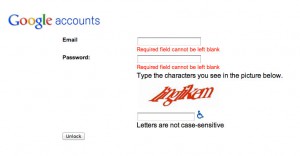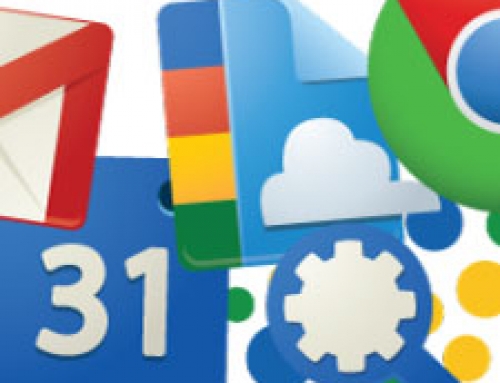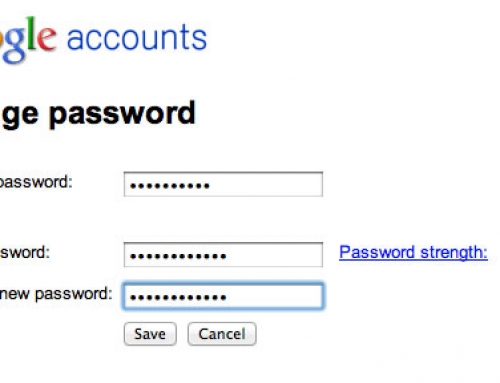 Some of our clients are experiencing unexpected issues with Gmail, specifically with accounts that are configured via Google Apps. Google Apps allows you to use your own domain (@macworksinc.com) for your email address. If you’re not on a Google Apps account, we don’t think this will affect you.
Some of our clients are experiencing unexpected issues with Gmail, specifically with accounts that are configured via Google Apps. Google Apps allows you to use your own domain (@macworksinc.com) for your email address. If you’re not on a Google Apps account, we don’t think this will affect you.
It seems that Google Apps users are getting server errors in their email clients if their account password is too simple. If you have your Gmail account configured with POP or IMAP in a mail client like Apple Mail or Outlook, you could be experiencing trouble. I read an article recently (NY Times) that said this:
Back at the dawn of the Web, the most popular account password was “12345.” Today, it’s one digit longer but hardly safer: “123456.” … One out of five Web users still decides to leave the digital equivalent of a key under the doormat: they choose a simple, easily guessed password like “abc123,” “iloveyou” or even “password” to protect their data.
If you’re using a low-security password — one that’s short, just letters or numbers, no punctuation or capitalization — you should really think about coming up with a different password to protect yourself from the iniquitous people on the internet. Google is forcing you to have better security. That’s great, but the fact that it breaks your email client isn’t the best idea they’ve ever had. Make sure you read our “Creating a Secure Password” article for great password tips. Otherwise, continue reading this article for the steps to fix your Gmail account… or just call us and we’ll fix it for you!
If you’re using a password that is too simple for Google, read our “Creating a Secure Password” article for great tips. If you’re getting an error in your email client from Google, try following these steps:
- Click here to unlock your Google account (enter your email address and current password).
- Then sign into your Google account online and reset the password.
- Make sure you follow our guidelines: include capital and lowercase letters, numbers and punctuation.
- Head to your email client and update the passwords in the account configuration.
It’s not necessarily as easy as a 4-step process because of the different email clients out there. We can’t really create a guide for each one so this is more of a general how-to. If you have trouble completing this process, please give us a call. We’re happy to help!


